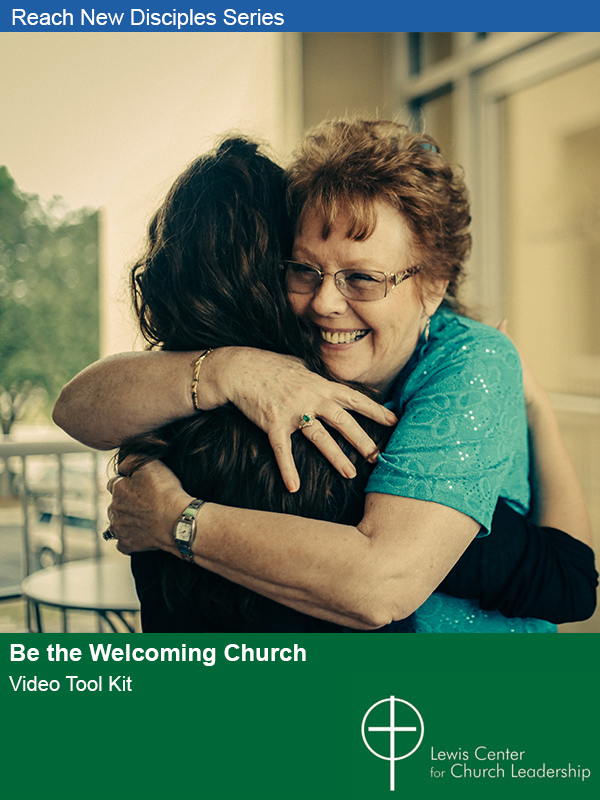Ann Michel writes about tailoring the methods of church communication and the content of messages to specific internal and external audiences.
Why does church communication so often miss the mark? Two main culprits are failure to appreciate the complexity of audiences and unfocused messages. A carefully planned communication strategy can help a church move beyond confusion and connect more effectively with those it seeks to reach.
The first rule of effective communication is to know and respect your audiences. This means starting not with “What do we want to tell people?” but rather “What do people want to know?” Surveying church members periodically, collecting information from visitors, studying community demographics, and conducting focus groups are important ways a congregation can learn what matters to its constituencies.
Understanding the nature of different internal and external audiences is also essential. If one uses the image of concentric circles, at the center is a church’s core audience. This group is made up of those regularly present in the church — the pastor and key leaders, those actively engaged in ministries, and regular worshippers. Beyond the core is an audience of less active members — infrequent worshippers, distant members (shut-ins, retirees, college students, service personnel, etc.), and inactive members. Continuing outward, the next audience is those who are not church members, but are nearby. They have some knowledge of or connection to a church. This category includes worship visitors, friends and families of members, and constituents of groups meeting at a church, such as Scouts, twelve-step groups, or daycare families. The most distant audience is thecommunity beyond the church with no specific ties or knowledge.
Different messages and different methods of communication are appropriate for each of these different audiences. Yet because virtually all church communication emanates from the core groups, it tends to assume the mindset, language, and concerns of those already present in the church, and thus fails to connect effectively with those beyond the core. Churches need to abandon this “inside-out” approach to communication, and instead think “outside-in,” starting with the most distant audiences first and asking “What do they want to know?” and “What communication methods will reach them?”
Community members. Community members are most likely to form an impression based on what they see of a church or what is in the news media. The first way many people become acquainted with a church is in driving by. Thus signage, marquees, banners, yard signs — even the appearance of the building and grounds as well as visible activities — should be treated as means of welcoming and informing those beyond the church. Accordingly, information on community events, concerts, or popular lecture series might be more relevant on the marquee than Sunday’s sermon title. Newspaper advertising, public relations efforts, and direct mail are other tools to connect with hard-to-reach external audiences.
Nearby audiences. Visitors, friends and family, and constituent groups are a church’s best membership prospects and should be treated accordingly. They have a bit more to go on than unconnected community members when forming opinions about a church — what they see inside the building, what they hear from members, what they observe. These audiences are easier to reach than the community at large because they can be identified and named. Information displays in the building, targeted invitation campaigns, and “word of mouth” are methods of communicating with these groups. The worship bulletin should be designed with visitors in mind, since it is the one piece of written communication seen by every worship visitor.
Less active members. Depending on their status, less active members may care a great deal, or not at all, about what goes on at church. Some may be among a church’s most faithful givers. The newsletter is the most important way of connecting with more peripheral members. Why? Because even in this day of instantaneous communications, the newsletter is the one and only tool that regularly reaches 100% of members, including seniors, inactives, and infrequent worshippers (Gonnerman, Getting the Word Out, 2003). Moreover, it reaches the elderly who may not be computer-savvy and those unmotivated to visit a church website. A newsletter may be “old news” to core members when it shows up in their mail boxes; but it can build community, reinforce connections, and encourage participation among those not often present at church. Newsletters should be written with this audience in mind, avoiding any references that exclude or demean less active members.
Core audience. Face-to-face communication and other forms of personalized interactions (announcements, correspondence, emails, and phone messages) are often the primary ways core members learn about their church. Thus, even off-the-cuff communications should be approached with intentionality. Another way core members learn about their church is from its website. Although an increasing number of church shoppers use the web, the internet is still an insignificant method of drawing visitors compared to personal invitations or other more traditional means. Since church members account for the vast majority of congregational website hits, sites should be designed primarily for them, but also with an eye toward potential visitors. Finally, the purpose of communication to internal audiences isformation — not just information. Information should be conveyed in a framework that educates, motivates, and shapes disciples.
Effective ministry depends on effective communication. And tailoring both the means and content of messages to these specific audiences is key to spreading the Good News.







